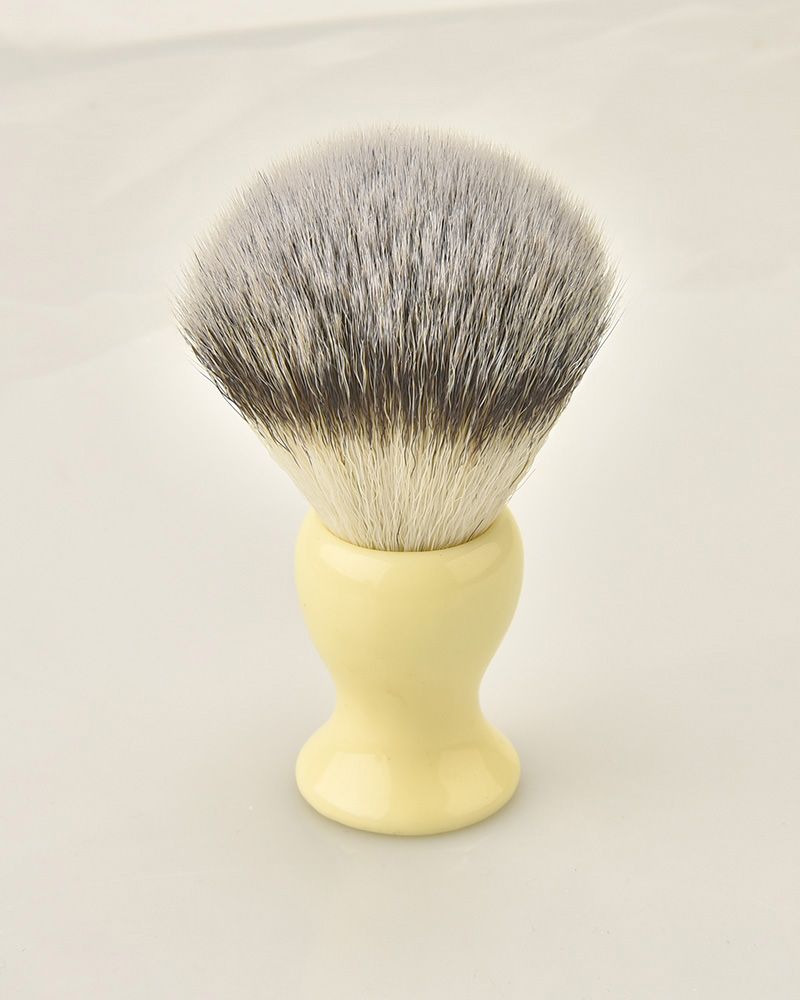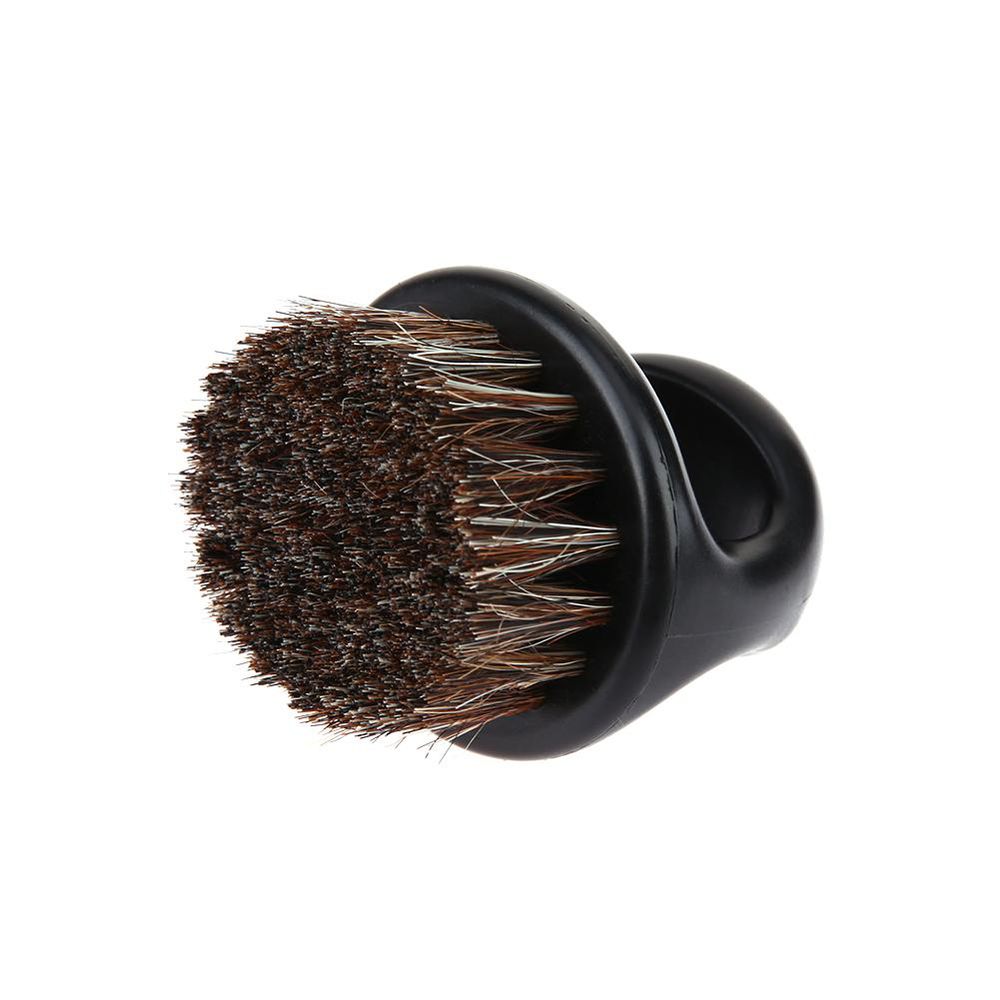Industry news
Shaving Brush Collaborations: Merging Art and Functionality
- 81 Views
- 2025-07-22 02:31:43
Shaving Brush Collaborations: Merging Art and Functionality
In the evolving world of men’s grooming, the humble shaving brush has transcended its utilitarian roots to become a canvas where art and functionality converge. Today, collaborations between shaving brands, artisans, designers, and even sculptors are redefining what a shaving brush can be—blending aesthetic allure with precision engineering to cater to a new generation of consumers who seek both performance and personality in their grooming tools.

The rise of such collaborations is no accident. As the global premium shaving market grows—projected to reach $XX billion by 2027, according to industry reports—consumers are increasingly prioritizing products with distinct narratives and craftsmanship. A shaving brush, once seen as a basic tool, now serves as a statement piece, reflecting personal style and an appreciation for detail. Brands, in turn, are turning to collaborations to infuse fresh creativity into their lines while leveraging the expertise of partners to enhance functionality.
Artistic Flair: More Than Skin Deep
At the heart of these collaborations lies the fusion of artistic design with everyday usability. Take, for example, the recent partnership between heritage shaving brand Artisan Grooming Co. and ceramic artist Elena Marquez. Marquez, known for her organic, nature-inspired pottery, crafted brush handles from locally sourced stoneware, hand-glazing each piece to mimic the texture of river stones. The result? Handles that are not only visually striking—with earthy tones and subtle, tactile ridges—but also ergonomically optimized. The curved shape fits naturally in the palm, reducing slippage during use, while the glazed finish resists water damage, ensuring longevity.

Another standout collaboration is between sustainable grooming label EcoShave and street artist Kaelen Finn. Finn’s bold, geometric murals inspired the brush handles, which feature hand-painted patterns in vibrant, fade-resistant inks. But the artistry isn’t just surface-level: the handles are carved from reclaimed oak, a nod to EcoShave’s commitment to sustainability, and shaped with a slight taper to balance the brush’s weight, preventing hand fatigue during lathering.
Functionality: The Foundation of Design
While aesthetics draw the eye, functionality remains non-negotiable. Collaborations often focus on refining core features, from brush knot density to bristle material, ensuring the art doesn’t compromise performance. For instance, luxury brand Silken Shave teamed up with materials engineers at Textile Tech Labs to develop a proprietary synthetic bristle blend. The result, named “SilkCore,” mimics the softness and water-retention of badger hair (a traditional favorite) but with enhanced durability and cruelty-free sourcing. The collaboration didn’t stop there: the brush handle, designed by industrial designer Mia Chen, features a hollow core to reduce weight without sacrificing strength, paired with a rubberized grip for control—proving that art and engineering can coexist.
Even traditional craftsmanship is getting a collaborative twist. Japanese brand Yūgen Shave partnered with master bamboo artisans from Kyoto to create handles from aged bamboo, prized for its strength and natural antimicrobial properties. The artisans hand-carved intricate floral motifs into the wood, but the real innovation lies in the handle’s internal channel, which directs water away from the knot base, preventing mold growth and extending the brush’s lifespan.
The Consumer Appeal: Storytelling Through Design
Modern consumers don’t just buy products—they buy stories. Collaborations provide a narrative that resonates: a brush designed by a sculptor isn’t just a tool; it’s a piece of art with a backstory. This emotional connection drives loyalty and justifies premium pricing. A survey by Grooming Insights found that 68% of men are willing to pay more for grooming tools with unique design elements or artisanal craftsmanship, citing “ownership of something one-of-a-kind” as a key motivator.
Looking Ahead: The Future of Collaborative Grooming
As collaborations continue to gain momentum, we can expect to see even more boundary-pushing innovations. Imagine 3D-printed handles customized to an individual’s hand shape, co-created with digital artists, or brushes made from lab-grown materials, designed in partnership with eco-conscious designers. The key will be maintaining the delicate balance: art that enhances, not overshadows, functionality.
In the end, shaving brush collaborations are a testament to the idea that grooming tools can be both tools and treasures. By merging art and functionality, brands are not just selling a better shave—they’re selling a daily ritual elevated by creativity and care.











